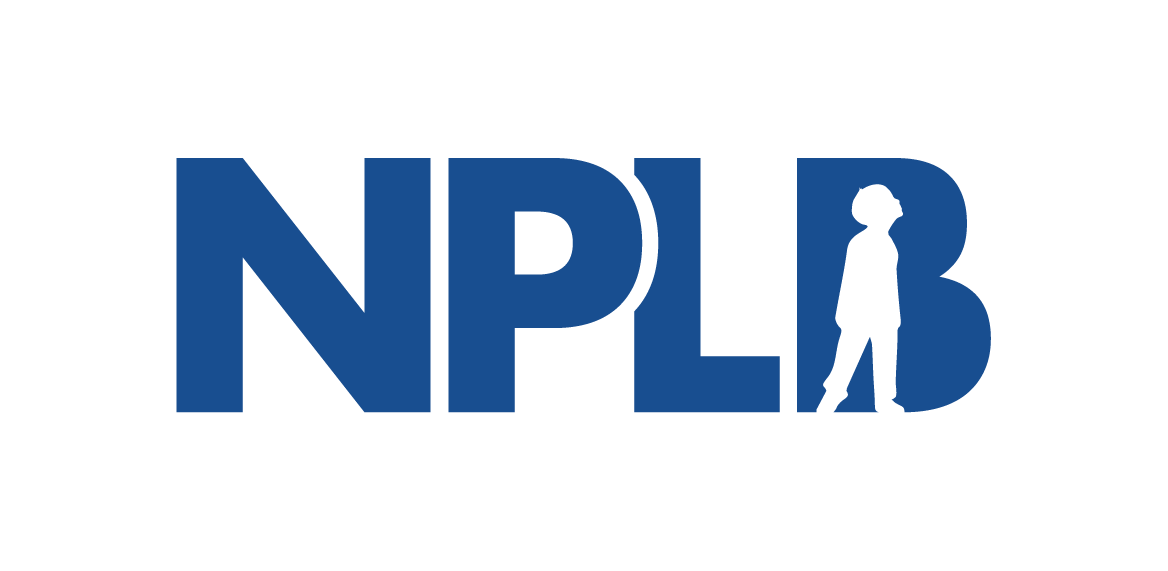The American Journal of Managed Care: Generalized Cost-Effectiveness Analysis to Assess Treatment Value in Hepatitis C
What’s a medicine worth? Economists often try to answer this question using an outdated and over-simplified methodology called cost-effectiveness analysis that ignores the societal benefit of new medicines.
This paper remodels the value of treatments for the hepatitis C virus (HCV), accounting for the reduced risk of transmission to others and the medicines’ eventual generic prices.
Abstract
“Our GCEA study results confirm that direct-acting antivirals (DAAs) are a cost-effective treatment for HCV compared with peginterferon alfa and ribavirin (PEG/riba) even when using conventional cost-effectiveness approaches. Incorporating broader elements of value resulted in more than a 10-fold improvement in cost-effectiveness, emphasizing the substantive impact of a generalized approach and the importance of incorporating GCEAs into decision-making.”
Results
“The health technology assessment (HTA)–style model yielded an ICER value of $64,512 per quality-adjusted life-year (QALY). Adding transmission dynamics resulted in an ICER value of $52,971 per QALY, whereas accounting for transmission dynamics and dynamic price and efficacy further decreased ICER values by 90% to $6406 per QALY. Incorporating genericization, productivity loss, caregiver spillover, and differential valuations of LYs vs quality of life, disease severity, and insurance value further decreased the ICER value to $4487 per QALY, a 93% reduction from the baseline HTA-style CEA to the fully realized GCEA.”

